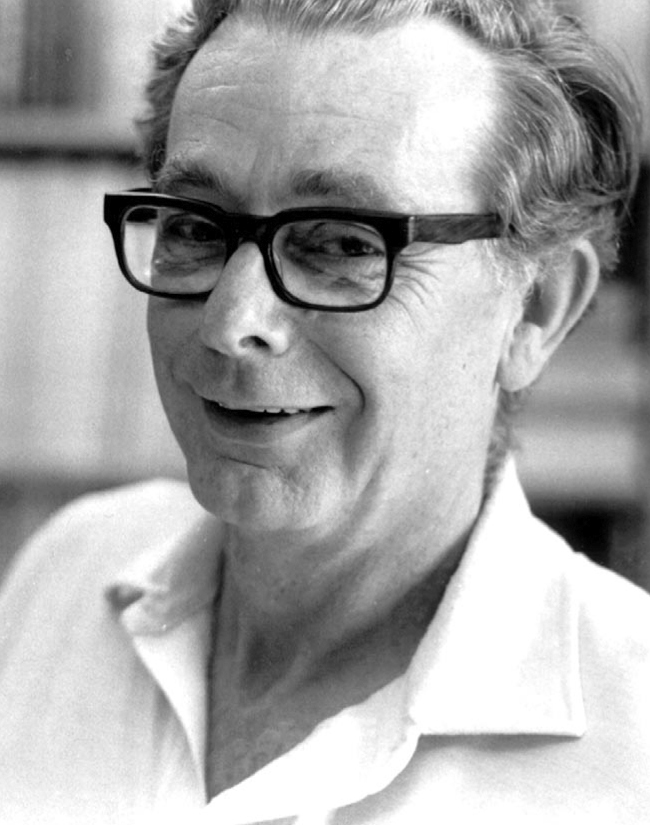John Beverley Oke
DOI: 10.1063/1.1878349
John Beverley Oke, emeritus professor of astronomy at Caltech, died on 2 March 2004 of heart failure at his home in Victoria, British Columbia.
Born on 23 March 1928 in Sault Sainte Marie, Ontario, Oke earned his bachelor’s degree in physics in 1949 and master’s degree in astronomy a year later, both from the University of Toronto. He moved to Princeton University, where he earned his doctorate in astronomy in 1953 under Lyman Spitzer Jr. In his thesis, he constructed theoretical models of O stars. That same year, Oke joined the faculty of Toronto as a lecturer in astronomy and, in 1955, was appointed an assistant professor.
In 1958, Oke moved to Caltech to take an assistant professorship. He was the person most responsible for keeping the 5-meter Hale Telescope at the Caltech-operated Palomar Observatory a first-rate facility by building a sequence of progressively more complex, elegant instruments to improve the telescope’s light-gathering power. He began with a single-channel scanner. Then, as photomultipliers became more widely available, he designed and built the multichannel scanner, which he completed in 1968. Its ability to measure the absolute energy distribution of extremely faint objects benefited many astronomers over the years.
In the late 1970s, Oke and James Gunn used the new technology of CCDs to design and build a double spectrograph—one of the first uses of those devices for astronomical spectroscopy. The instrument has been widely copied and, with upgraded detectors, is still in use at the Hale Telescope. That project was a prelude to Oke’s masterpiece, the Low-Resolution Imaging Spectrometer (LRIS), which he built for the first light of the inaugural Keck 10-m telescope. LRIS made possible many of the early successes of the Keck telescopes.
Oke realized that the absolute calibration of astronomical measurements was not sufficiently precise and was introducing significant uncertainties into the detections his new instruments could achieve. To remedy those problems, he and his postdoctoral fellow Rudy Schild placed a crucible of molten platinum (that is, a blackbody cavity) on a high tower at Palomar and then, using a 4-inch telescope, observed the crucible and the very bright standard star Vega. At that time, the resulting improved absolute flux they determined for Vega as a function of frequency had an uncertainty whose major contribution came from Planck’s constant.
All of the instruments Oke built were created under difficult financial constraints, yet in each case, he achieved essential functionality without excessive and expensive complexity. He was a skilled instrument designer, and it was my privilege and pleasure to work with him on several projects, including the LRIS.
In addition to instrument design and construction, Oke also carried out an active research program on understanding the spectra of galaxies and quasi-stellar objects, the evolution of clusters of galaxies, and the properties of x-ray binaries. He retired from Caltech in 1992 and returned to his native Canada, where he worked part time at the Dominion Astrophysical Observatory in Victoria.
With his small team and minimalist elegant approach, Oke was among the small number of serious and excellent astronomer–instrumentalists so crucial to the development of our science. Palomar and Keck users owe him an enormous debt of gratitude for the years of effort he put into his instrument work. Yet Oke did not win a prize, nor was he given an endowed chair at Caltech. He was not the director of an observatory, although he was the associate director of the Hale Observatories from 1970 to 1978. It is only now after his death that the Palomar and Keck communities fully sense the breadth of his contributions and the magnitude of our loss.

John Beverley Oke

More about the Authors
Judith Cohen. California Institute of Technology, Pasadena, US .




